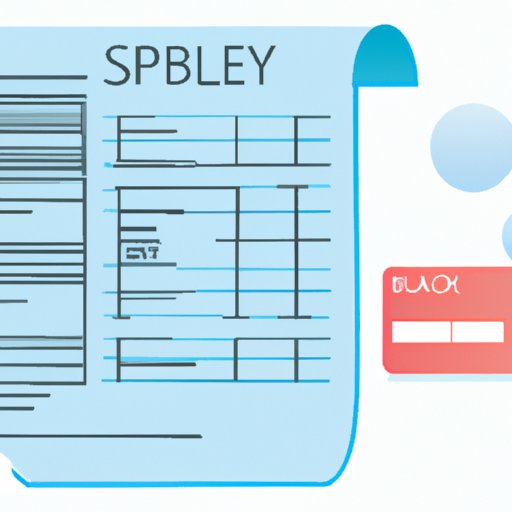Introduction
A money order is a safe and reliable way to send money. It’s similar to a check, but it’s prepaid and doesn’t require a bank account. Money orders are convenient for sending funds quickly and securely through the mail. This guide will walk you through the steps for purchasing and sending a money order.

Steps for Purchasing and Filling Out a Money Order
Money orders can be purchased from several different places, including post offices, banks, convenience stores, and grocery stores. The cost of a money order varies depending on the issuer, but typically ranges from $0.50 to $10.00. You may need to provide identification when purchasing a money order, so be sure to have your driver’s license or another form of ID ready.
When you purchase a money order, you’ll need to provide certain information. This includes the name of the payee (the person who will receive the money order), the amount of the money order, and your address. Some issuers also require you to list the purpose of the money order, such as “utilities payment” or “rent payment.”
After you purchase the money order, you’ll need to fill it out. On the front of the money order, you’ll need to write the name of the person or company you’re sending the money to. On the back of the money order, you’ll need to sign your name. Be sure to keep the receipt that comes with the money order in case you need to track it or cancel it.
Sending a Money Order in the Mail
Once you’ve filled out the money order, you’re ready to send it in the mail. Make sure you use an envelope that’s large enough to fit the money order without bending it. Address the envelope to the recipient and affix proper postage. It’s important to use the correct amount of postage; otherwise, your money order might not reach its destination.
You can track the money order online if you know the money order number. If you don’t have the number, you can call the issuer to get more information. Keep in mind, though, that it may take several days for the money order to arrive at its destination.
Different Types of Money Orders Available
There are three main types of money orders: postal money orders, bank money orders, and cashier’s checks. Postal money orders are issued by the U.S. Postal Service and can be used to send money both domestically and internationally. Bank money orders are issued by banks and can only be used to send money within the United States. Cashier’s checks are issued by banks and are typically used to make large payments, such as when buying a car or paying rent.

Tips for Making Sure the Money Order Is Received Safely
To ensure that your money order is received safely, you should use certified mail. Certified mail requires the recipient to sign for the package, so you can rest assured that it will be delivered to the right person. You should also get a receipt when you mail the money order, so you can track it if necessary. Finally, it’s always a good idea to check in with the recipient to make sure they received the money order.
Conclusion
Sending a money order is a safe and secure way to send money. By following the steps outlined in this guide, you can make sure that your money order is sent and received safely. With a little bit of preparation and care, you can be confident that your money order will reach its intended recipient.


